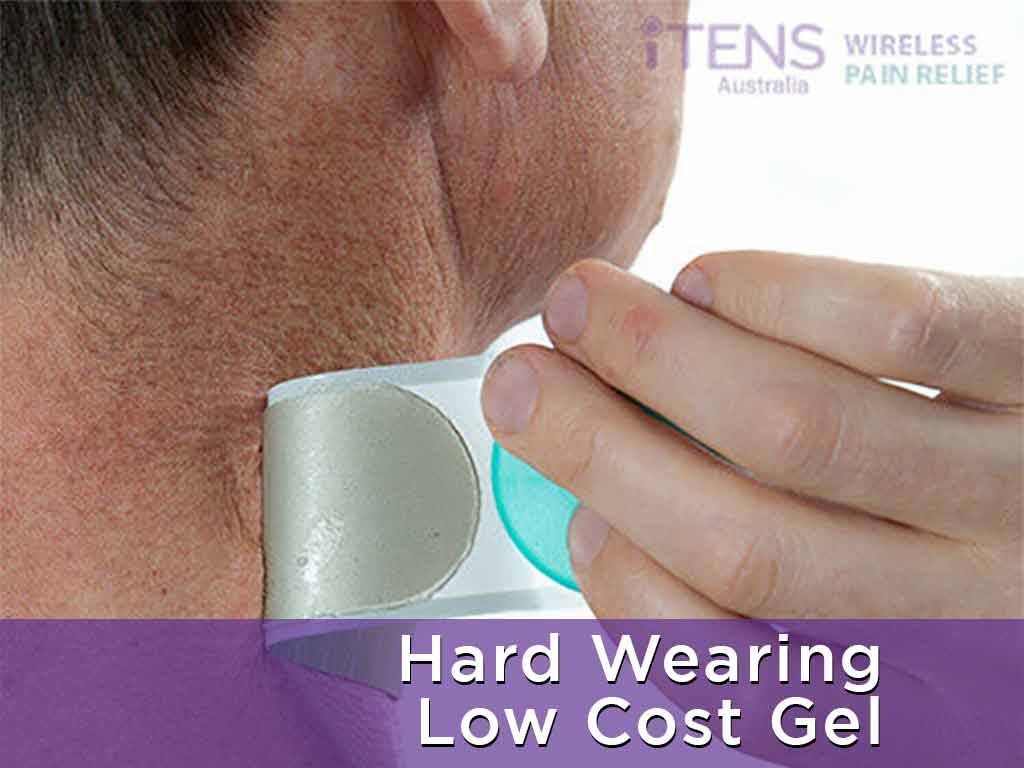
Transcutaneous Electrical Nerve Stimulation or TENS for migraine is a method that can alleviate acute or chronic migraine pain. To use it effectively, people must first clean and dry the skin where they will apply the pads. Next, they should place the electrodes accordingly. Specifically, one electrode ought to be placed on the back of the neck, while another should be placed on the shoulder. The user can then turn on the machine and adjust the settings.
People with migraines may struggle to go to work and do everyday tasks. They usually try to relieve pain by taking painkillers and using non-medicated methods. They might also choose other treatments like medication, acupuncture, and TENS therapy. Out of these choices, a TENS machine provides a drug-free and non-invasive way to ease pain. This article will provide an overview of TENS machines for migraines, including information on their functionality, usage, and safety considerations.
What is a TENS for Migraine and How Does it Work
TENS for migraine is a tool that can provide relief. It involves the application of low-voltage electrical currents to the skin through adhesive electrode pads. These currents stimulate the nerves in the affected area and help to reduce or block the transmission of pain signals to the brain.
To understand how TENS works for migraine, it is important to consider two key aspects. Firstly, the high-frequency electrical pulses. It typically ranges from 50 to 150 Hz, targets the nerves and effectively closes the gate system in the spinal cord. This gate system plays a crucial role in regulating the transmission of pain signals. When the gate is closed, fewer pain signals reach the brain, resulting in a reduction in pain sensations.
Secondly, the TENS device can emit low-frequency electrical impulses, typically ranging from 2 to 5 Hz. These impulses stimulate the body to produce endorphins, which are natural hormones that cause pain-relieving properties. Endorphins act as painkillers, reducing the intensity of pain experienced during a migraine attack.
Advantages of Using the Device Over Other Treatment Methods
- An electrical nerve stimulation device offers a non-invasive treatment option, reducing the need for surgery or other invasive procedures.
- It has minimal side effects compared to other treatment methods that may cause adverse reactions.
- It allows users to undergo daily treatment in the comfort of their own homes. This saves them time and eliminates the frequent visits to healthcare facilities.
- Compared to other treatment modalities that may be costly due to repeated clinic visits, the device offers a cost-effective treatment option.
- Users minimise their reliance on pharmacological treatments and potential side effects.
- The device allows for personalised treatment by having adjustable settings.

How to Use TENS for Migraine
To use TENS for migraine, people can follow these steps. Firstly, they need to ensure that the device is charged or has new batteries. Secondly, they should clean their skin around the area where they will apply the electrodes. This can be done using mild soap and water, ensuring the area is dry before proceeding.
Thirdly, the person should remove the protective backing on the adhesive pads to expose the sticky side. They can then place the electrodes on their skin, usually on the area that is experiencing the migraine pain. It is important to note that the electrodes should not touch each other or overlap.
Lastly, the user can then turn on the TENS device and adjust the settings to their comfort level. This can include adjusting the intensity and frequency of the electrical impulses. It is advisable to start with the lowest settings and gradually increase as needed. Moreover, the person should use the device for the recommended time, usually 20 to 30 minutes.
Proper Pad Placement for Safe and Effective Use
To ensure the safe and effective use of a TENS device for migraines, users need to follow proper pad placement. When a migraine attack begins, they should place one electrode on the back of the neck and another on the shoulder. Moreover, it is crucial to position the pads on the side where the pain is occurring.
However, people should be cautious to avoid placing the electrode pads directly on the head. This is because direct application on the head can potentially exacerbate the headache intensity. By adhering to these instructions, users can maximise their TENS device for migraine treatment.

Safety Considerations when Using TENS for Migraine
When using TENS for migraine, users must prioritise safety considerations. Firstly, they should carefully read and follow the user manual provided with the medical device. This includes understanding the proper setup and usage instructions. It is also recommended to consult with a healthcare provider, such as a headache specialist, before initiating TENS therapy.
Secondly, users must be cautious about the placement of the electrode pads. Aside from the head, they must never place the pads on infected or broken skin, as well as numb areas. This may exacerbate the condition and potentially cause an allergic reaction. Therefore, people need to properly assess their skin condition before applying the pads to prevent adverse effects.
Lastly, people have to avoid using TENS while sleeping, driving, or coming into contact with water. Using TENS while sleeping may pose a risk of unintended movement or interference with the electrodes. As for driving, TENS therapy can rarely cause muscle contractions that may distract the ability of the user to drive safely. Additionally, users must not expose the TENS unit to water as it can damage the device and increase the risk of electrical shock.
When to See a Doctor
People with migraine need to see a doctor if they experience any alarming or concerning symptoms. For instance, if the pain intensity does not improve or worsens even after using an electrical nerve stimulator. Additionally, if the migraine disorder becomes more frequent or severe, the user must consult a doctor for further evaluation and guidance.
Moreover, users should also seek medical advice if they develop any new symptoms while using TENS units for migraine headaches. This includes dizziness, numbness or tingling, or any other unusual sensations. Doctors can assess the situation and propose alternative treatments if needed to prevent future episodes.
Conclusion
A TENS for migraine offers relief by using low-voltage electricity to target nerves. High-frequency pulses close the pain gate in the spinal cord, reducing pain signals to the brain. Meanwhile, low-frequency impulses prompt the body to release endorphins, natural painkillers. To use TENS, users should ensure the device is charged, clean the skin, place electrodes on the neck and shoulder, and adjust settings for comfort. This simple process empowers individuals to manage migraine pain effectively with TENS therapy.
Moreover, prioritising safety is crucial when using TENS units for migraine. Users must carefully follow the device manual, consult healthcare providers, and assess skin conditions for proper electrode pad placement. Caution is needed during activities like sleeping and driving to avoid unintended consequences. Furthermore, seeking medical attention is essential if the pain persists, migraines worsen, or new symptoms arise during TENS use. Doctors can provide additional evaluation and advice for long-term migraine relief.







